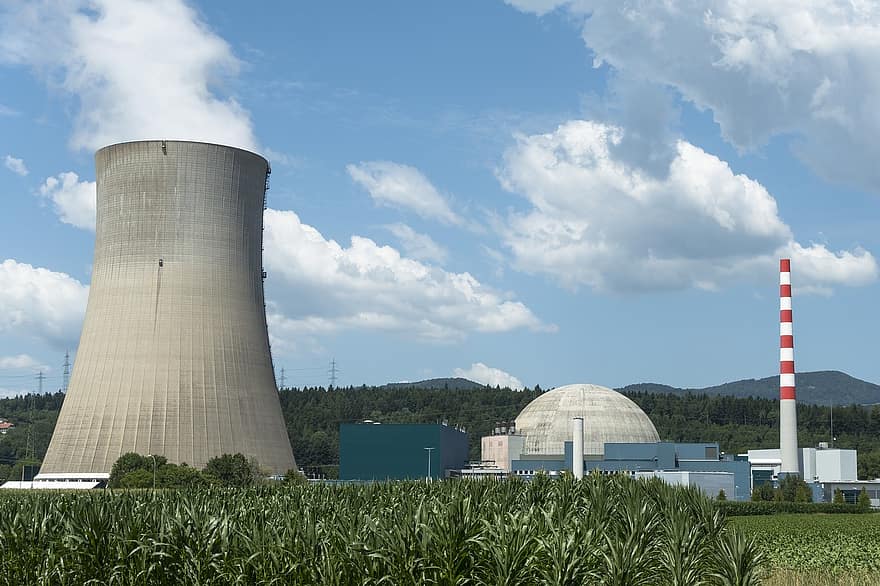
As part of a new report, a cross-industry team working for the UK government-backed Nuclear Sector Deal has set out an ambitious framework to reduce risks and cut the cost of constructing new power stations in the UK by 30% by 2030.
The ‘Nuclear New Build Cost Reduction’ report proposes improved simplicity of design and construction methodology, repeating designs across multiple stations, and building up and transferring skilled workforce to new projects.
The report also identifies how a new financing model that controls construction risk will also bring down consumer costs by mobilising a wider pool of investors and cutting capital cost.
Chair of the Cost Reduction Working Group of the Nuclear Sector Deal, Humphrey Cadoux-Hudson said: “I am very pleased to say that the nuclear new build cost reduction workstream has made great progress, and our report clearly shows it’s possible to deliver a cost-effective programme of new nuclear power stations in the UK. But promises of cost reduction are not enough – in making this case, the developers of new nuclear plants are showing that we recognise the delivery risks we face, and how to manage them.”
In reaching these conclusions, the report incorporates lessons from projects across the globe and shows that nuclear power is vital to achieving net-zero by 2050, whilst creating thousands of high-quality jobs and economic opportunities across the country.
Nuclear Industry Association chief executive Tom Greatrex said: “Nuclear power stations are very cost effective to run due to high reliability, low and predictable fuel costs, and very large volumes of power generated whatever the weather.
“This report demonstrates that the upfront costs can be tackled effectively by bearing down on construction complexity and risks, and by tackling unnecessarily high financing costs.”
In order to embed the proposed framework, the industry is developing a comprehensive risk assessment tool that will monitor 14 key factors for project delivery and efficiency.
The tool will enable developers, investors, and the government to develop clear understanding of project risks to support investment decisions, and track the ongoing management of those actions and risks throughout the delivery of the project.



